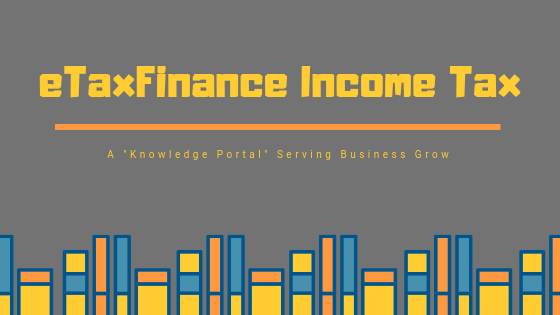In the new budget for the fiscal year 2020-21, Finance Minister introduced the new income tax rate for tax-payers in India. Individuals and Hindu Unified Families (HUF) have the option to pay tax as per the new regime
In this new regime, taxpayers has an OPTION to choose either :
i) To pay income tax at lower rates as per New Tax regime on the condition that they forgo certain permissible exemptions and deductions available under income tax.
ii) To continue to pay taxes under the existing tax rates. The assessee can avail rebates and exemptions by staying in the old regime and paying tax at the existing higher rate.
In the old tax regime, the taxpayers benefitted from several tax exemptions and deductions under section 80C and house rent allowance, which is not possible on switching to the new system. Because the new tax policy does not offer exemptions like the old tax regime.
The new tax regime does not allow the taxpayer to avail certain specified deductions. Some of them are:
i) Education loan interest
ii) Section 80C investments
iii) Housing loan interest
iv) House rent allowance
v) Leave travel allowance
vi) Standard deduction
vii) Medical insurance premium
viii) Savings bank interest
ix) Allowance for clubbing of income of minor
x) Children education allowance
The new tax regime does allow the taxpayer to avail certain exemptions. Some of them are:
i) Standard deduction on rent
ii) VRS proceeds
iii) Agricultural income
iv) Retrenchment compensation
v) Income from life insurance
The old tax regime does allow the taxpayer to avail certain specified deductions and exemptions. Some of them are:
i) Standard deduction
ii) House rent allowance
iii) Section 80C investments
iv) Housing loan interest
v) Medical insurance premium
vi) Education loan interest Leave travel allowance
vii) Savings bank interest
viii) Deduction under section 80C, 80CCC, 80CCD
80G, 80GG, 80GGA, 80GGC, 80E, 80EE, 80EEA, 80EEB
80D, 80DD, 80DD, 80IA, 80-IAB, 80-IAC, 80-IB, 80-IB
The advantages and disadvantages of the new tax regime are as follows:
i) It provides for concessional tax rates compaire to the old regime
ii) The documentation required is lesser
iii) Tax filing is simpler
iv) The new tax regime does not allow the taxpayer to avail certain specified deductions and exemptions
So, if taxpayers want to opt for the new tax regime, they should evaluate both the regimes.
For more details contact out team at +91-7991109093 or drop email us at [email protected]
Note: This Post was last updated on January 23, 2023
Disclaimer: The entire contents of this document have been prepared on the basis of relevant provisions and as per the information existing at the time of the preparation i.e. January 23, 2023. Although care has been taken to ensure the accuracy, completeness and reliability of the information provided, We assume no responsibility therefore. Users of this information are expected to refer to the relevant existing provisions of applicable Laws. The user of the information agrees that the information is not a professional advice and is subject to change without notice. We assume no responsibility for the consequences of use of such information. IN NO EVENT SHALL WE SHALL BE LIABLE FOR ANY DIRECT, INDIRECT, SPECIAL OR INCIDENTAL DAMAGE RESULTING FROM, ARISING OUT OF OR IN CONNECTION WITH THE USE OF THE INFORMATION.


